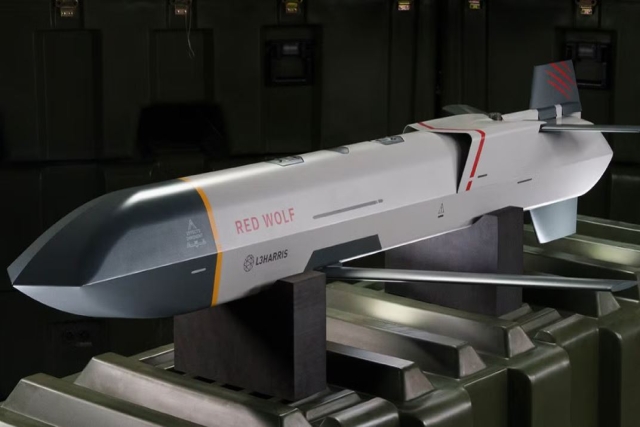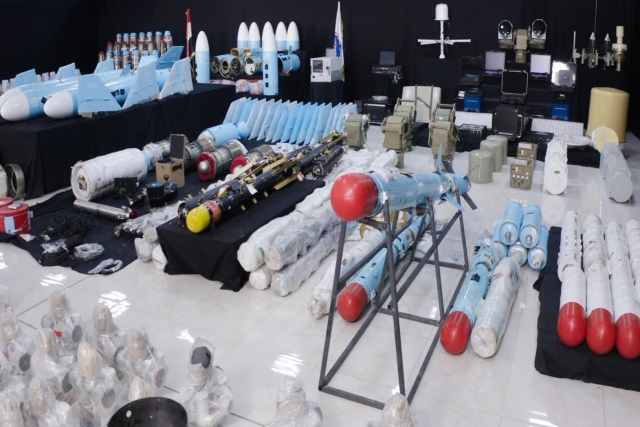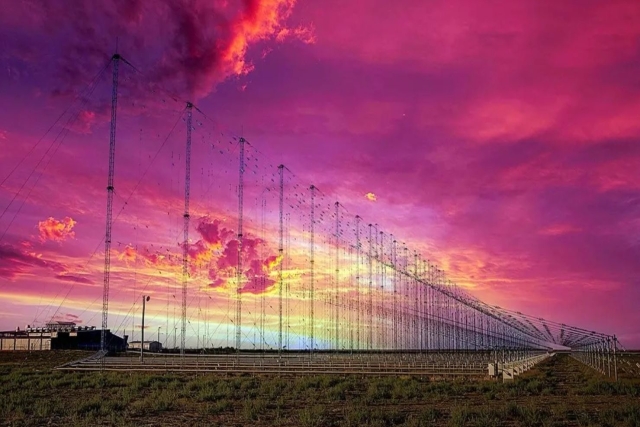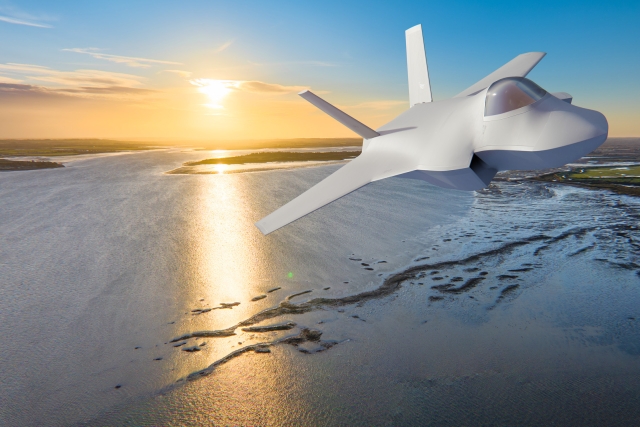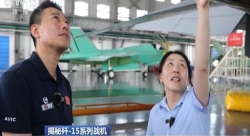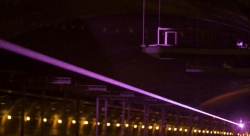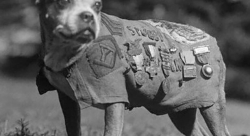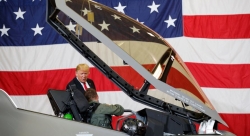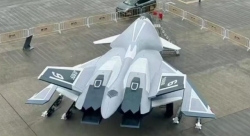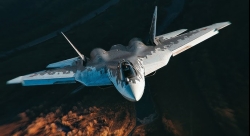Search Results
-

Two U.S. T-38C Aircraft Involved in Fatal Accident
November 20, 2021 @ 04:54 PMTwo U.S
-
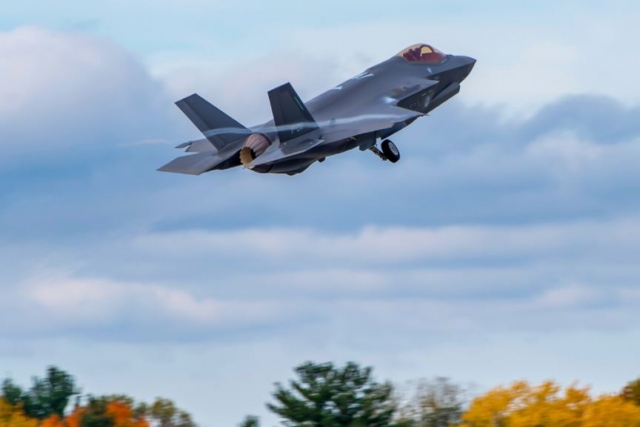
Lockheed Wins $585M to Develop New F-35 Electronic Warfare Hardware
November 20, 2021 @ 04:41 AMThe U.S
-
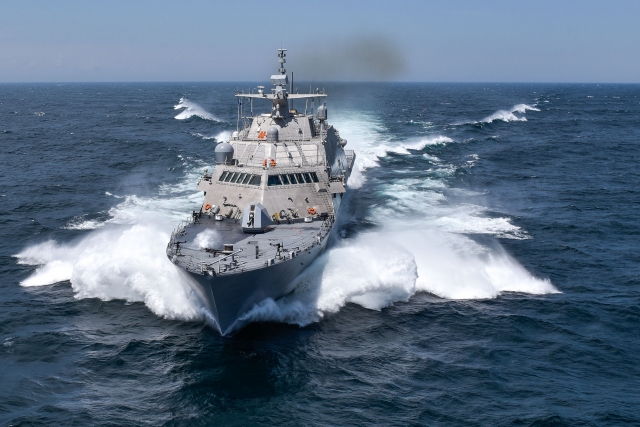
U.S. Navy Accepts Freedom-Variant LCS after Class-wide Flaws were Fixed
November 19, 2021 @ 05:12 AMThe U.S
-

Norway Receives First Boeing P-8A Poseidon MPA
November 19, 2021 @ 04:31 AMThe Norwegian Defence Materiel Agency (NDMA) accepted the first of five Boeing P-8A Poseidon maritime patrol aircraft that will be operated by the Royal Norwegian Air Force (RNoAF). Norway's first P-8A aircraft, named Vingtor, was delivered to the NDMA during a ceremony at the Museum of Flight in Seattle, Washington
-
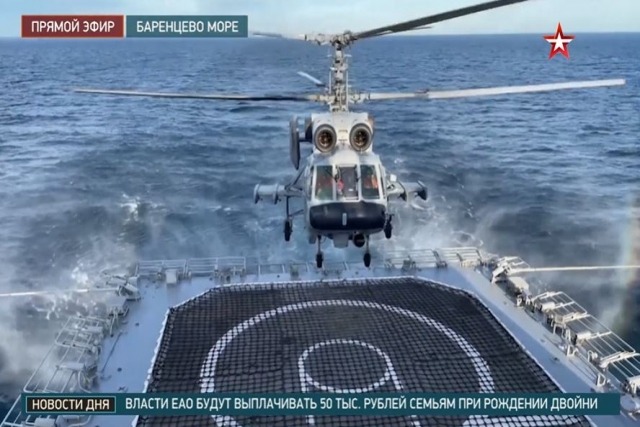
Over 100 Takeoffs and Landings Made on Russian Navy’s Ivan Gren-class Ship...
November 18, 2021 @ 06:51 AMRussian aircraft conducted more than 100 takeoffs and landings on the Navys Ivan Gren-class Landing Ship during recent exercises. The exercises were held by the Northern Fleet in the Barents Sea, Russian MoD-owned
-

British Accident is the Third Crash Involving F-35B Jet
November 18, 2021 @ 06:28 AMA British F-35B fighter crashed into the Mediterranean Sea on Wednesday, making it the third such incident involving the aircraft. Pilot of the jet ejected safely
-
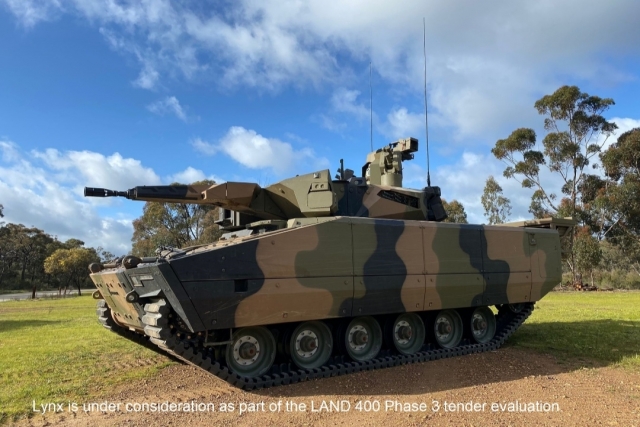
Rheinmetall Tests Composite Rubber Track On Lynx IFV
November 17, 2021 @ 01:44 PMRheinmetall completed demonstration trials of the Soucy Composite Rubber Track (CRT) system on the Lynx KF41 Infantry Fighting Vehicle (IFV). Rheinmetall Managing Director Gary Stewart said the CRT demonstration confirmed the Lynx IFV was capable of utilising both steel and composite rubber tracks
-
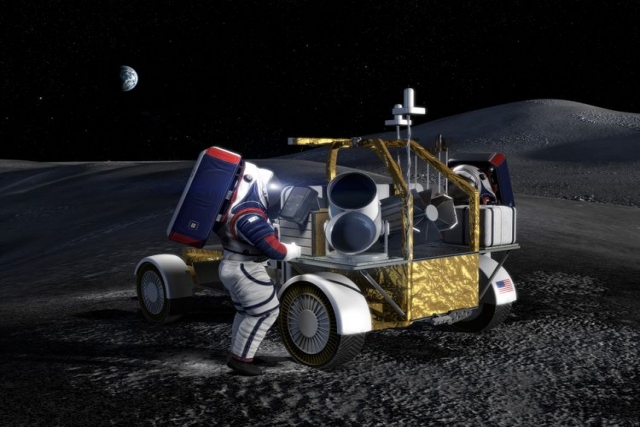
Northrop Announces Team for NASA’s Next-Generation Lunar Terrain Vehicle
November 17, 2021 @ 03:42 AMNorthrop Grumman said today it is teaming up with AVL, Intuitive Machines, Lunar Outpost, and Michelin to design a Lunar Terrain Vehicle (LTV) to transport NASAs Artemis astronauts around the lunar surface. “Together with our teammates, we will provide NASA with an agile and affordable vehicle design to greatly enhance human and robotic exploration of the lunar surface to further enable a sustainable human presence on the Moon and, ultimately, Mars,” said Steve Krein, vice president, civil and commercial space, tactical space systems division, Northrop Grumman
-
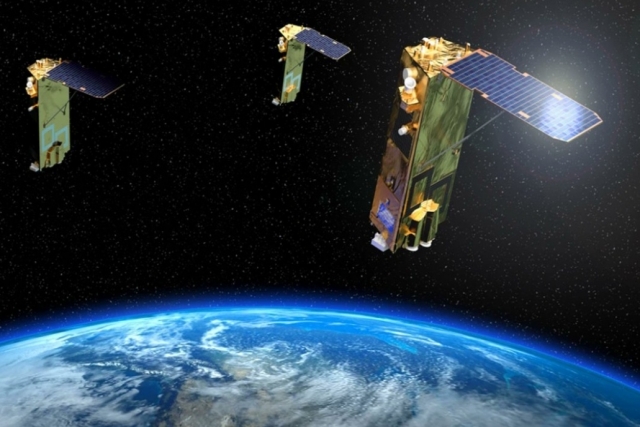
Airbus, Thales Launch Signal Intelligence Satellites for France
November 16, 2021 @ 02:56 PMAirbus and Thales launched the CERES space system (Capacité de Renseignement Electromagnétique Spatiale or Space-based Signal Intelligence Capability) satellites built for the French Armament General Directorate (DGA). The CERES satellites were successfully launched from the European spaceport in French Guiana, on-board a Vega launcher
-
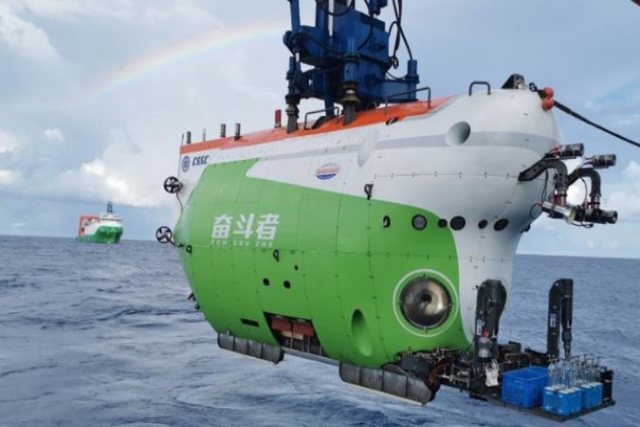
Chinese Manned, Unmanned Submersibles Survey the World’s Deepest Spot
November 16, 2021 @ 09:52 AMChinese-made unmanned submersible Haidou-1 and the manned Striver (Fendouzhe) conducted a large-scale near-bottom topographic survey in the western depression of the Challenger Deep during a scientific expedition to the Mariana Trench. With this, the Haidou-1 became the first in the world to survey the Challenger Deep, the worlds deepest spot at approximately 11,000m
